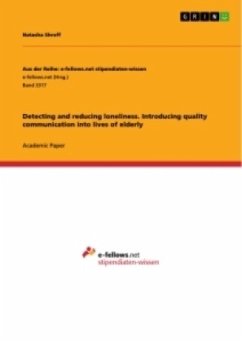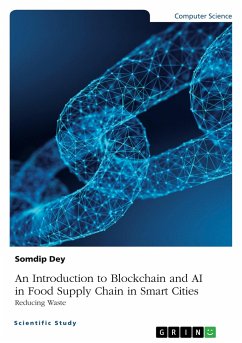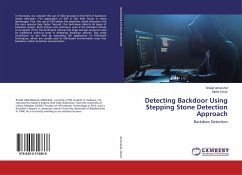Academic Paper from the year 2019 in the subject Computer Sciences - Artificial Intelligence, , language: English, abstract: For this work, a smart home-based system was designed to detect loneliness levels and reintroduce quality communication between elderly and their close family members by providing high-level interaction through a multi-modal speech and touch interface including notifications through ambient light panels and a home assistant to let elderly users interact with Shu Shi.The interactive prototype is designed to detect loneliness based on sound sensors, temperature sensors and facial recognition features through the tablet application for the elderly user. Family members can share their mental presence with the elderly in various ways, for example through sending a commonly shared song to revoke positive memories in the elderly user and reduce the moment of loneliness. There are various types of interpersonal communication such as verbal communication or non-verbal communication: body language, eye contact, facial expression, outward appearance. The system focuses on providing asynchronous communication through various state-of-the- art modalities, designed for to meet the requirements of both elderly and family members.This work covers the introduction and motivation related to the system, the literature review in related works, followed by the interaction and systems design, discussion and future work sections.








